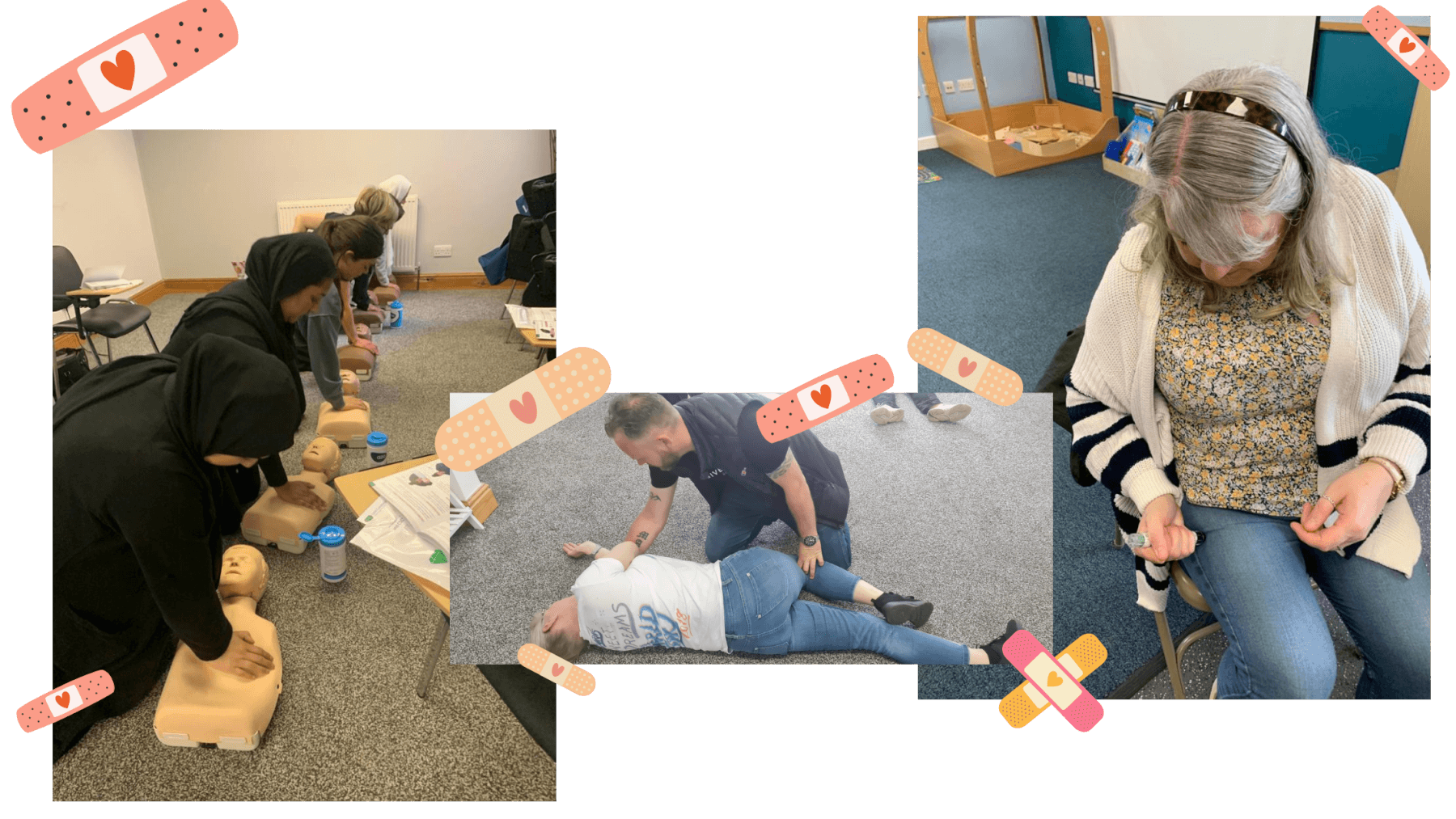First Aid at Work vs Emergency First Aid at Work. What sets them apart?
Emergency First Aid at Work and First Aid at Work cater to different situations. Knowing the difference allows individuals to provide a more tailored and effective response based on the specific needs of the situation. Employees benefit from colleagues who are trained in the appropriate level of First Aid. Having an accurate risk assessment and employee medical needs can make a significant difference in the outcome of a medical emergency. It enhances the overall safety culture within the workplace. Additionally, in many establishments, there are legal requirements for employers to provide First Aid facilities and personnel in the workplace. Knowing the difference helps employers meet their legal obligations.
The Health and Safety (First Aid) regulations 1981 requires employers:
“To provide adequate and appropriate equipment, facilities and personnel to ensure their employees receive immediate attention if they are injured or taken ill at work. These regulations apply to all workplaces including those with less than five employees and to the self-employed. Provision for First Aid needs to be available at all times people are at work.”
L74 guidance from H&SE provides further guidance on assessment of First Aid needs appropriate to the circumstances (hazards and risks) of each workplace.

This data provides valuable insights into the frequency and distribution of workplace injuries over last 3 years. By examining the amounts of injuries reported by individuals employed within the last 12 months, the LFS contributes to our understanding of the relative risks associated with different sectors. This information serves as a crucial foundation for policymakers, employers, and safety professionals in formulating targeted strategies to enhance workplace safety and reduce the incidence of non-fatal injuries in diverse industries across Great Britain.

Ensuring the correct First Aid is selected minimises not only the complications of injuries, but also the prevention of incidents occurring.
Emergency First Aid at Work (EFAW)
- For those working with anyone from 18+
- Regulated by an awarding body
- Valid for 3 years
- Low hazard; up to 50 employees or as an additional support to FAW; training enables to give emergency First Aid to someone who is injured or becomes ill while at work.
EFAW qualification does not provide First Aid support in cases where employees have illnesses such as: asthma, diabetes etc. or injuries such as fractures, head and chest etc. It also does not cover training for catastrophic bleeding. So it is vital to have a record of your employees medical needs as well as a thorough risk assessment. EFAW does not replace a FAW provision if the FAW is absent (such as on holiday) and the risk assessment calls for a full FAW.
First Aid at Work (FAW)
- For those working with anyone from 18+
- Regulated by an awarding body
- Valid for 3 years
- Low hazard; 50 or more employees high hazard; 5-50 employees or follows your unique risk assessment
- Covers a wider range of illnesses and injuries than EFAW, as well as catastrophic bleeding and all content that is covered in EFAW.
From these we can see that there are very few differences in both courses. The main focus point is that both courses cater for those over the ages of 18. If your establishment caters for those under the age of 18, you can refer to advice on Paediatric First Aid on our blog here. Both courses are regulated by an awarding body and are valid for 3 years. The main difference is the length the courses take, as the course content varies. FAW is required to involve 18 hours of training are run over a minimum of three days. Whilst EFAW is required to involve at least 6 hours of training and are run over a minimum of one day. The course content is regulated by H&SE guidelines.
In summary, awareness of the differences between Emergency First Aid at Work and First Aid at Work is essential for legal compliance, tailored responses to different situations, appropriate training, resource allocation, overall employee safety, and fostering confidence among individuals responsible for First Aid in the workplace. Emergency First Aid typically addresses emergency situations, while First Aid at Work incorporates Emergency First Aid at Work, as well as a broader range of injuries and illnesses encountered in a workplace setting.


